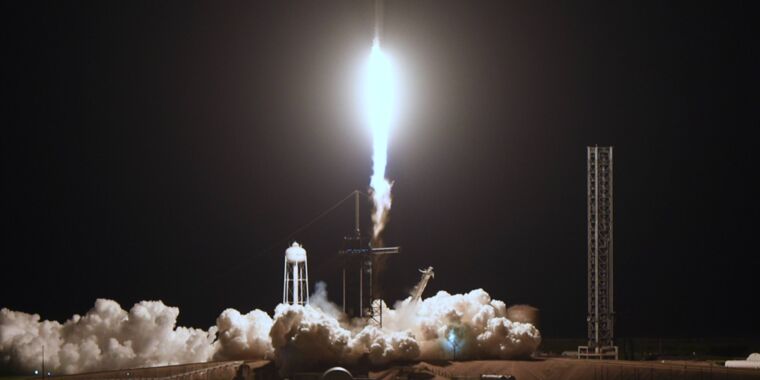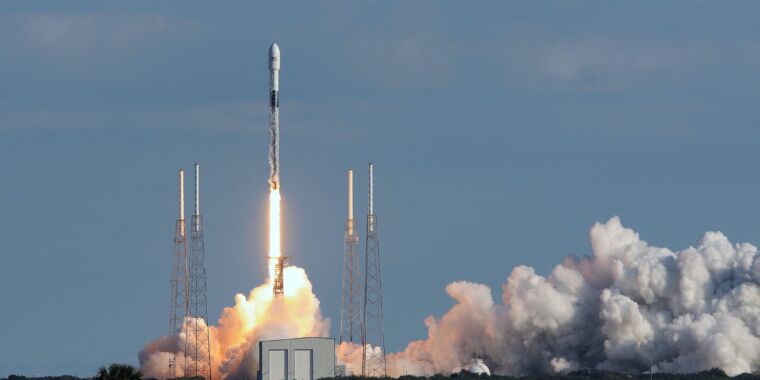The opposite. Everything is made on a production line. When they change the type of satellite they are building, they make changes in the design, and change the line.
The overarching design philosophy of SpaceX in general is that line production with a high level of labor specialization produces superior quality and consistency than other production methods, and that things should be made on a line even when it is not economically maximally efficient. The first thing that SpaceX does when they design a new thing (whether it's a satellite or an engine) is to set up the production line, even before they have a design that can be produced. Development happens during line production, with the prototype design being pushed through the line, with necessary design changes made on the line. During design, they often intentionally make lots of defective product that is never intended to be functional, just to keep the line running and build experience for the workers working on the stages that are not going to be changed in the final product.
This is in contrast with many other companies in the business that do hand-crafted prototypes before, or even instead of line construction. The reason for this philosophy is that it keeps unit costs low.




